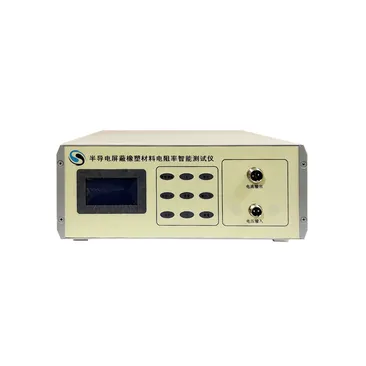smoke density chamber test exporter
Understanding Smoke Density Chamber Testing A Guide for Exporters
Smoke density chamber testing is a critical measurement process used across various industries, particularly in sectors where fire safety and material performance are key concerns. This test evaluates how much smoke a material produces when it burns. It is essential not only for compliance with international safety standards but also for ensuring the safety and durability of products used in construction, transportation, and manufacturing.
What is Smoke Density Chamber Testing?
The smoke density chamber test is conducted in a controlled environment to assess the smoke emissions of materials under specific conditions. By using specialized equipment, such as a smoke density chamber, manufacturers can quantitatively measure the amount of smoke produced when a material is subjected to combustion. This test is pivotal because excessive smoke generation can hinder visibility during a fire, potentially leading to disastrous outcomes.
Key standards guiding the smoke density chamber test include ASTM E662 and ISO 5659-2. These standards outline the procedures for measuring smoke density in a confined space. The generated smoke is analyzed to determine its density and optical density, which helps in evaluating the material's safety performance in real-world fire situations.
Importance for Exporters
For exporters, especially those dealing with construction materials, textiles, and automotive components, understanding smoke density testing is vital. Many countries have strict regulations regarding fire safety, and compliance with these regulations is often a prerequisite for market entry. Products failing to meet the required smoke density standards may be banned from import, resulting in significant financial losses and reputational damage.
Manufacturers contemplating export should invest in smoke density chamber testing to ensure their products meet both local and international safety standards. Doing so not only enhances product credibility but also provides a competitive edge in overseas markets. Customers are more likely to trust products that have been rigorously tested for safety and performance.
Key Benefits of Smoke Density Chamber Testing
smoke density chamber test exporter

1. Improved Safety Standards By identifying materials that produce excessive smoke, manufacturers can make informed decisions about material selection, leading to better safety outcomes. 2. Regulatory Compliance Successful passage of smoke density testing helps businesses comply with various regulatory guidelines, facilitating smoother entry into foreign markets. 3. Enhanced Product Quality The insights gained from this testing can inform product development, leading to products that not only meet safety benchmarks but also exhibit enhanced performance characteristics.
4. Consumer Trust Transparency in testing results can boost consumer confidence in products, especially in markets where fire safety is a paramount concern.
5. Risk Management Identifying and mitigating the risk of high smoke emission materials early in the design process can prevent potential liabilities down the line.
Challenges in Smoke Density Chamber Testing
Despite its importance, smoke density chamber testing comes with challenges. The process requires specific equipment that can be expensive to procure and maintain. Moreover, it necessitates skilled personnel who understand the intricacies of fire behavior and smoke development. Smaller exporters may find it difficult to afford these resources, which could disadvantage them in the market.
Additionally, the interpretation of results can vary depending on the conditions of the test and the inherent properties of materials. This variability can lead to inconsistent results if not managed appropriately.
Conclusion
Smoke density chamber testing is a critical element for exporters aiming to entrance international markets while ensuring compliance with stringent safety standards. Understanding and implementing these tests not only safeguards consumers but also enhances the marketability of products. As global awareness around fire safety continues to grow, exporters who prioritize rigorous testing and quality assurance are likely to thrive in the competitive landscape.
In summary, investing in smoke density chamber testing does not merely represent an additional cost for manufacturers – it is a fundamental commitment to safety, quality, and compliance that can lead to long-term success in both domestic and international markets. By prioritizing safety and performance, exporters can not only meet regulatory requirements but also build a strong reputation for their products in the global marketplace.
-
Why the Conductor Resistance Constant Temperature Measurement Machine Redefines Precision
NewsJun.20,2025
-
Reliable Testing Starts Here: Why the High Insulation Resistance Measuring Instrument Is a Must-Have
NewsJun.20,2025
-
Flexible Cable Flexing Test Equipment: The Precision Standard for Cable Durability and Performance Testing
NewsJun.20,2025
-
Digital Measurement Projector: Precision Visualization for Modern Manufacturing
NewsJun.20,2025
-
Computer Control Electronic Tensile Tester: Precision and Power for the Modern Metal Industry
NewsJun.20,2025
-
Cable Spark Tester: Your Ultimate Insulation Assurance for Wire and Cable Testing
NewsJun.20,2025
 Copyright © 2025 Hebei Fangyuan Instrument & Equipment Co.,Ltd. All Rights Reserved. Sitemap | Privacy Policy
Copyright © 2025 Hebei Fangyuan Instrument & Equipment Co.,Ltd. All Rights Reserved. Sitemap | Privacy Policy
